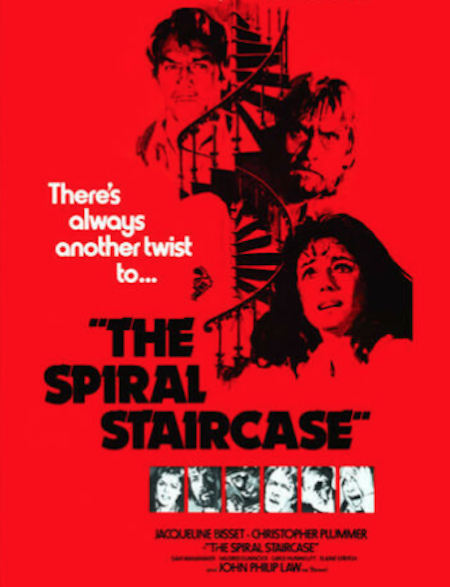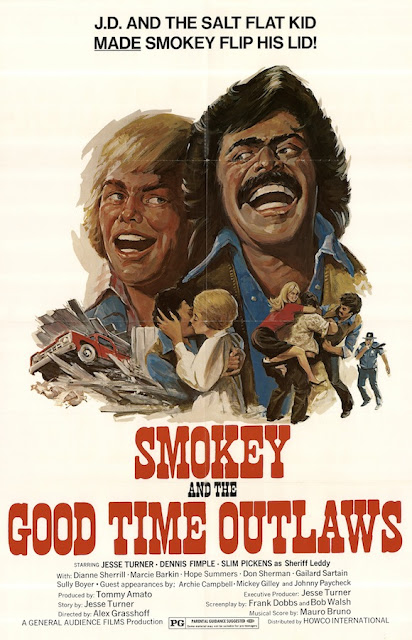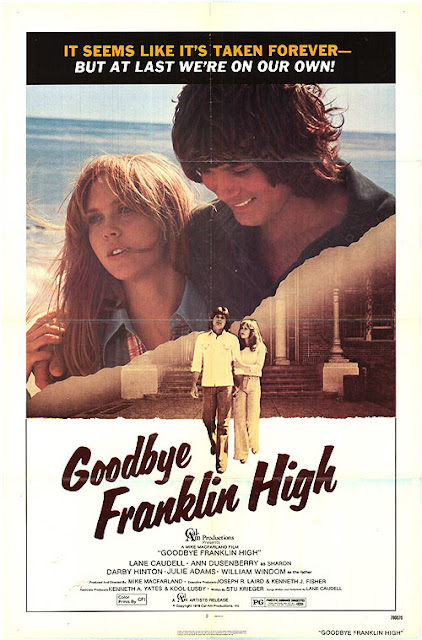Years before he made the strange vampire saga Ganja & Hess (1973), multihyphenate Bill Gunn wrote and directed this arty meditation on identity, mortality, and sex. Made for Warner Bros. and slapped with an X rating, Gunn’s movie was either given scant distribution or completely shelved, depending on which reference material one consults. Whatever the particulars, Stop! largely disappeared after 1970, so as of this writing it’s only viewable through rare festival screenings and/or private copies. It should be noted that some of those private copies (including the one viewed for this post) feature edits imposed on the movie by Warner Bros., so it is conceivable that Gunn’s original version is substantially different.
As for the Warner Bros. version, it’s beguiling, erotic, sad—and more than a little pretentious, given the obvious influence of European filmmakers then popular with the intelligentsia, notably Michelangelo Antonioni. When Stop! connects, the experience is hypnotic and unsettling. And when the movie doesn’t connect, it’s indulgent and needlessly opaque. The story begins with attractive young couple Michael (Edward Bell) and Lee (Linda Marsh) traveling from the U.S. to Puerto Rico because of a recent tragedy—Michael’s brother killed his wife and then himself. Over several sweaty days in San Juan, Michael and Lee navigate sexual bliss and marital strife while it becomes evident that Michael is nearly as tormented as his late sibling. When Michael and Lee encounter another couple, played by Marlene Clark and Richard Dow, new sexual complications ensue and the threat of violence is omnipresent.
While Stop! is occasionally (and deliberately) cryptic, the film overflows with mood. Gunn and cinematographer Owen Roizman employ striking compositions, some quite melodramatic, so every shot feels like a piece of an art installation. The leading actors are all lean and pretty, allowing Gunn to use the angles and surfaces of the human body like colors in a painting, especially during atmospherically filmed sex scenes. (Despite the X rating, nothing explicit is shown.) Gunn also employs trippy editing techniques, from the predictable (languid montages set to ominous music) to the unpredictable (splices that render unclear who is having sex with whom). And while the dialogue can tend to be obvious and stilted (“I really think I love you—I don’t know”), Gunn renders several memorably weird moments of human interaction. The vignettes involving a prostitute are as humane as they are unflinching, and the scene during which Lee paints her husband’s toenails while he makes out with Clark’s character feels personal and real.
Yet the test of a piece like Stop! is not its ability to command attention with glossy images and alluring flesh, but rather its ability to explore heavy concepts. A superficial reading of Stop! would interpret the title literally, thus positioning the picture as Gunn’s plea for people to transcend psychosexual gamesmanship. However it seems unlikely Gunn was after anything that reductive or tangible. Note, for instance, the centrality of mental illness and sexual identity. Does every story about a lost soul need to end with a definitive moment of self-discovery? Clues regarding the answer to that question may be found in the picture’s bold final shot, which won’t be spoiled here. Among other things, Stop! is a descent into the unknowable—so for some viewers, the final shot might seem like a cop-out, while for others, the image could be the perfect grace note. Perhaps the highest compliment one can offer Gunn’s little-seen debut is to call it a mosaic that reveals as much about the beholder as it does about itself.
Stop!: GROOVY




.jpg)

.jpg)












